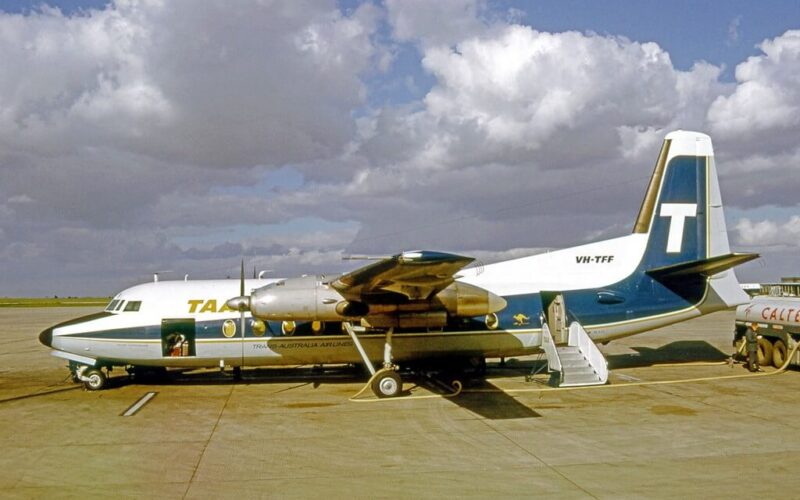In 1960, one of Australia’s deadliest air crash accidents occurred in Queensland, killing 29 people. The mysterious crash and lack of clues proved to be a defining moment in aviation history when Australia mandated the carriage of a cockpit voice recorder on its airlines.
Sixty-two years ago, on the evening of June 10, 1960, Trans Australia Airlines (TAA) Flight 538, a Fokker Friendship F-27, departed from Brisbane, Australia on a domestic flight to Mackay with scheduled stops at Maryborough and Rockhampton.
At Rockhampton, seven passengers along with nine schoolboys from Rockhampton Grammar School, who were returning home for the Queen’s Birthday long weekend, boarded the aircraft. For the last section of the journey, a total of 25 passengers were on board along with four crew.
Before departure from Rockhampton, the pilots were advised of shallow fog patches at Mackay airport up to a height of 20ft, and so the aircraft was uplifted with extra fuel to allow a diversion up to Townsville.
Flight 538 departed Rockhampton at 19:52 and climbed up to a cruise altitude of 13,000 feet. Just prior to the top of descent, Mackay air traffic control advised TAA 538 that the airfield was now closed due to fog, and the decision was taken to hold over the airport while the fog cleared.
At 20:55, having decided to attempt an approach, the crew were given landing clearance, but at a height of 50 feet, owing to fog patches over the runway, they commenced a go-around. The pilots then made a second attempt on the opposite runway but, at approximately 200 feet, the aircraft was observed performing a second go-around.
The pilots took up a hold at 5,000 feet until, at 22:00, Mackay ATC cleared Flight 538 to land following an improvement in weather conditions.
Nothing more was heard from Flight 538 and at around 03:00 on Saturday June 11, items of wreckage were found floating in the ocean. The flight had impacted the ocean surface off the coast of Mackay, killing all 29 on board.
Investigation
An investigation was opened in July 1960. But, due to insufficient evidence available to the investigators, to this day there is no official cause as to what led to the crash of Flight 538.
Theories surrounding the crash centered on the altimeters including the possibility of a malfunction leading to the incorrect altitude of the aircraft displayed to the pilots.
Investigators couldn’t rule out a misinterpretation of the altitude by the pilots owing to the type of altimeters installed in the aircraft which were renowned for being difficult to interpret.
Legacy
As a result of the uncertainty surrounding the final moments of Trans Australia Airlines Flight 538, the inquiry board recommended that all passenger-carrying aircraft should be equipped with flight data recorders including a cockpit voice recorder.
Australian scientist David Warren had developed the flight recorders during the 1950s following the mysterious crashes of the de Havilland Comet. The idea of these recording devices, however, was mainly rejected by airlines and governments.
In the aftermath of the crash of Flight 538, Australia became the first country in the world to mandate the installation of cockpit voice recorders on civil transport aircraft, a move which was later followed by other countries.
Since their inception, the flight data recorder (FDR) and cockpit voice recorder (CVR), also known as the ‘black boxes’, have helped investigators to solve countless incidents and accidents, and have led to improved safety and practices within the industry.
TAA Flight 538 remains Australia’s joint-deadliest civil aviation accident in history.

